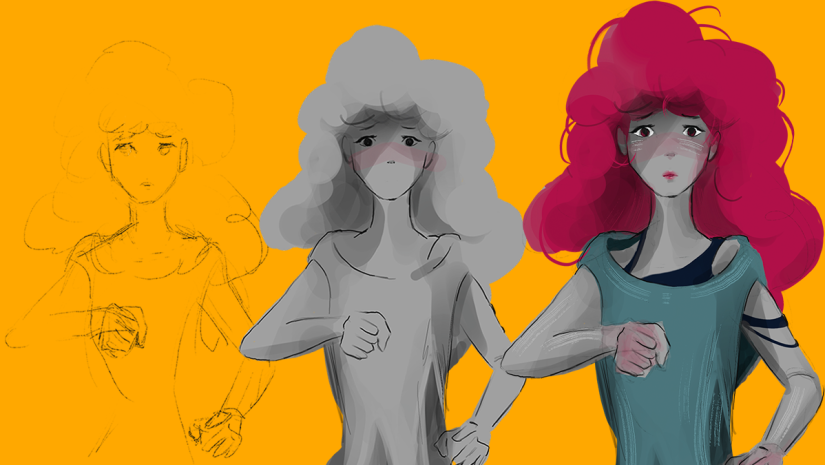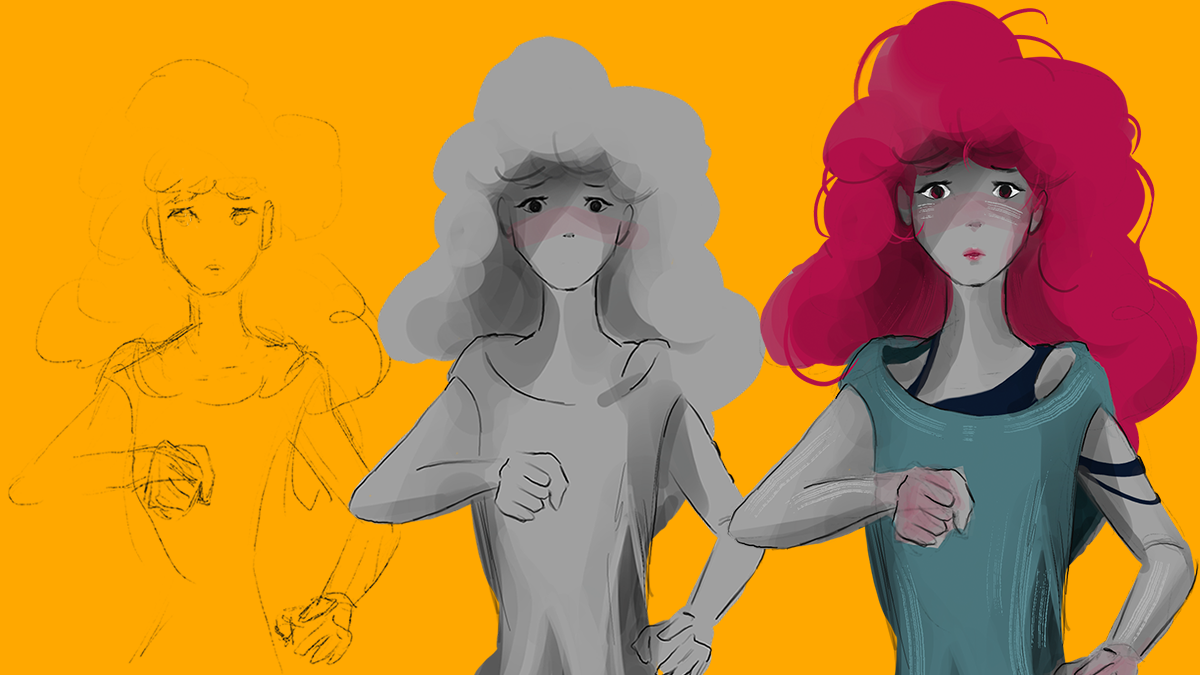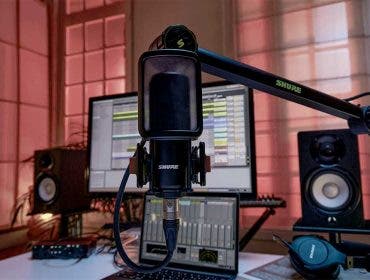Ctrl-Z is now a staple of modern art creation.
Digital illustration as a medium is a powerful blend of creativity and technology, offering artists a means of expressing their emotions and ideas with both flexibility and scalability. Digital illustrators find themselves unfettered by having to haul around supplies, replenish materials, or scrap entire projects due to simple mistakes. Just undo.
Beyond Art, Digital Illustration as Commerce
Beyond being a form of personal expression, mastery of digital illustration tools and techniques can open doors to thriving industries like TV/film, games, media/publishing, marketing/advertising, fashion, education, architectural design, product development, healthcare, and more.
Let’s take a look at some of the hardware and tools used today in various commercial sectors that utilize various forms of digital illustration.
Tools of the Digital Illustrator
Typically, to get started as a digital illustrator, you need hardware that takes artistic input and software that processes and displays said input. And that’s really about it. If you’ve ever doodled anything in MS Paint, you’ve already created a digital illustration!

This image (above) required a combination of a few pieces of hardware and software to render this final, beautiful masterpiece: a keyboard and a mouse to ingest the user’s artistic input (the text and the colored lines and blobs), a computer to process the input through the software (MS Paint), and a monitor to display the rendered image.
Most people already have the tools they need to create digital illustrations on hand. Similar simple illustrations can be made on a smartphone with your finger on a touchscreen to generate the input, any of a number of apps to process the input (ibisPaint, Sketchbook), and the phone’s screen to display the rendered image.
Of course, the world of digital illustration has come a long way since those early days of MS Paint. These days, industry professionals use far more sophisticated tools that leverage templates, scripting shortcuts, and even AI to execute the artist’s vision with precision and speed.
Luckily, there is a tremendous amount of resources out there to get started with digital illustration. And the pipeline is simple. All you need is an idea, some kind of hardware, and some kind of software.
How to Get Started
To get started with digital illustration, you, of course, have to have an idea of what you want to illustrate. Get your creative juices flowing by immersing yourself in various art forms—study classical and contemporary art, explore different styles, and observe how artists use color, shape, and composition. Practice observing the world around you, taking note of details, light, and textures with the specific goal of eventually translating your observations into a creative output.
You can even carry around an iPad Pro with Apple Pencil (or Android-based tablet + stylus combos) and do your daily sketches whenever inspiration strikes. Even spending 10 minutes a day executing rough sketches can enhance your skills significantly. Digital illustration is about translating ideas and emotions into visual form, so consistently nurturing your creativity is key.
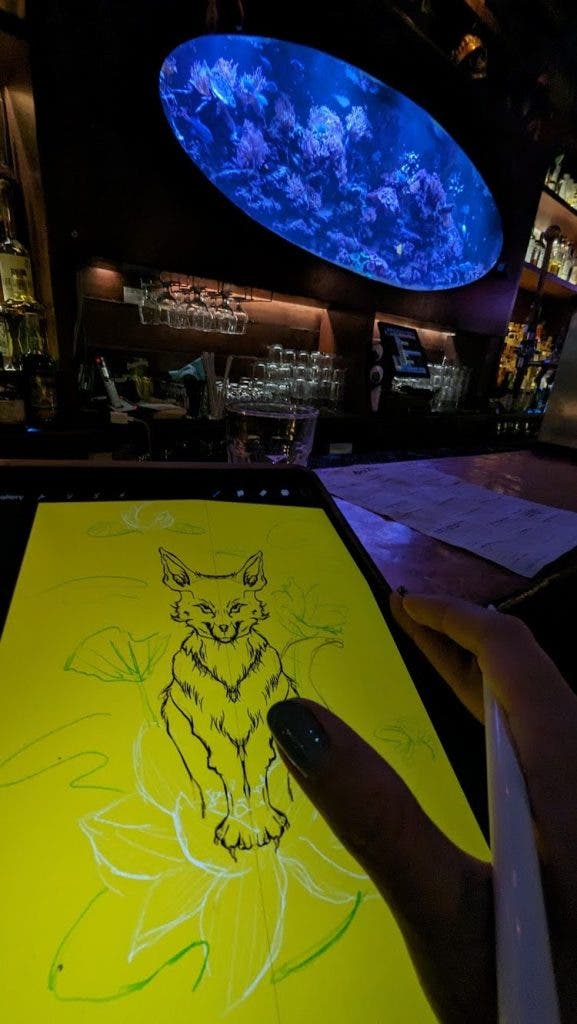
Hardware for Digital Illustration
It’s crucial to invest in the right hardware. Take some time to try out different products and see what works best for you. What feels right for one artist might be clunky and unintuitive for another. Drawing tablets are industry standard, and there is a wide range of offerings and prices. Entry-level tablets like the Wacom Intuos line or Huion tablets are great for beginners, providing a balance between quality and affordability.
These tablets come with a stylus pen and soft, matte drawing surface that mimic the feel of traditional drawing tools, allowing for natural hand movements. For a more advanced product that offers an even more intuitive experience, the Wacom Cintiq series allows you to draw directly on a screen with fine-tuned tracking, pressure/tilt sensitivity, and a streamlined interface. Alternatively, if you prefer a more integrated device, the aforementioned iPad Pro with an Apple Pencil combo is an excellent option.
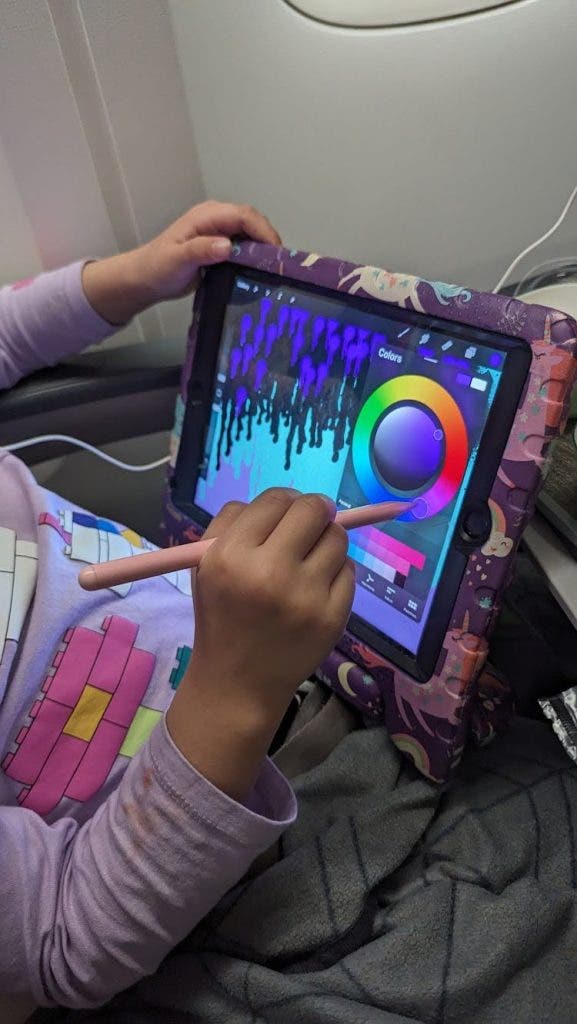
Software for Digital Illustration
Choosing the right software is another crucial step in digital illustration. For beginners, free or affordable software like Krita offers powerful tools without overwhelming complexity. Krita is a free, open-source program with a wide range of brushes and an easy-to-learn interface. Thus, perfect for those just getting started who don’t want to invest a ton of money upfront.
For iPad, Procreate is a near-ubiquitous app. Offering a one-time purchase fee for a professional-grade experience with an extensive range of brushes, layers, and export options. If you want to dive straight into creating professional, commercial work, Adobe Illustrator and Photoshop remain the industry standards. Or, try out Affinity Suite. They offer one-time-payment alternatives to Adobe’s cloud-based model. Hence, you get many of the same features without having to manage an ongoing subscription. For all of these programs, there is a wealth of tutorials, examples, and brush/asset packs online to get you creating fast. Experimenting with different software will help you find what suits your workflow best and what allows you to bring your creative visions to life.
Illustrating on an iPad Pro
The iPad Pro / Apple Pencil / Procreate workflow is the best middle-of-the-road option for aspiring digital illustrators and professionals alike. Creating your first digital illustration using these tools takes just a few easy steps.
Step-by-Step Guide
- Open up Procreate on your iPad.
- Create a New Canvas: Tap the “+” icon in Procreate to start a new canvas. Starting with “Screen Size” as your first canvas is fine if you’re just experimenting. You’ll naturally find a canvas size that works best for the work you’re doing.
- Choose Brushes and Colors: Procreate offers a variety of brushes for different effects. Start with a basic brush like “6B Pencil” for sketching. Adjust brush size and opacity using the side sliders. Explore the color picker tool to choose your palette or create custom color sets.
- Familiarize yourself with the layers panel, as using layers effectively is key to organized digital illustrations. Use separate layers for different elements (e.g., background, subject) to keep your work organized. Don’t forget – the beauty of the digital format is that you can always undo or redo strokes as you experiment.
- Begin your sketch with light strokes, focusing on the basic shapes and composition.
- Lower the opacity of your sketch layer and create a new layer for refining lines with a more precise brush. Draw over your sketch layer on this new layer. Be sure that you are only making lines you want to see in your final drawing.
- Continue building on the layers, creating separate layers for each color or element, making adjustments easier.
- Block in base colors on new layers, using “Alpha Lock” to stay within the lines. Add shading, highlights, and texture with various brushes. Experiment with blending modes and opacity to create depth in your illustration.
- Finally, add any final details, review your layers, and make adjustments. Again, the digital format makes it easy to tweak hues/saturations/color balances. Do this until you achieve exactly what you envisioned when you set out.
- Export your illustration by exiting your canvas. Then, swipe left on the piece you created and save it in your desired file format.
Final Thoughts
Unlike traditional art methods, digital tools allow for endless experimentation. Colors, textures, and forms can all be adjusted through rapid iteration. Thus, streamlining the pipeline between ideation and a final, complete piece. Beyond personal expression, digital illustration opens doors to so many different industries. Consequently empowering artists to transform their passion into lucrative careers. The current market demand for digital illustration skills is soaring, making it not just an art form but a gateway to numerous commercial opportunities.
With so many different ways to get started, and a myriad of hardware and software options out there for creators of all levels, digital illustration has never been more accessible.
